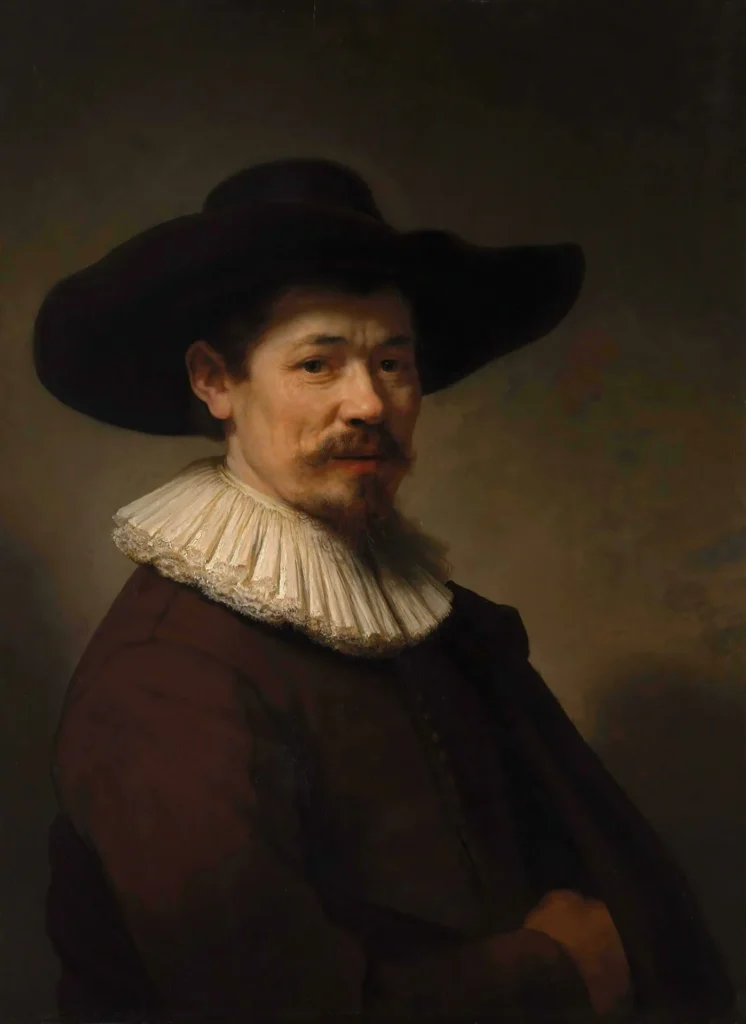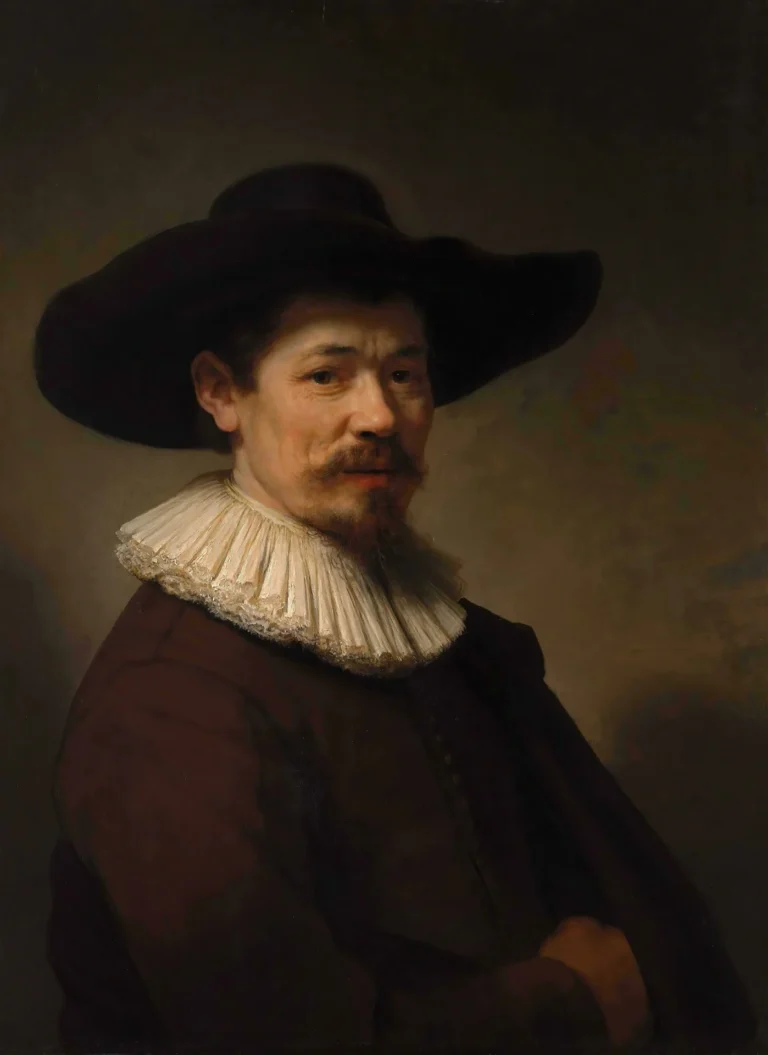Portrait of Herman Doomer
Herman Doomer's portrait, painted by the illustrious Rembrandt van Rijn, represents a vibrant exchange between art and craftsmanship during the Dutch Golden Age. As a distinguished furniture and frame-maker in Amsterdam, Doomer's likeness is not just a representation of an individual; it is a testament to the close-knit relationships among artisans, painters, and patrons of that era. Rembrandt’s mastery in capturing the emotional essence of his subjects is on full display, making this portrait a remarkable piece reflecting the art historical significance of the time.
Year 1640
About the Artwork
The portrait of Herman Doomer stands out as a significant work from the Dutch Golden Age, shedding light on the intersection of art and craftsmanship. Doomer, a highly regarded furniture and frame-maker, played a pivotal role in the artistic community of Amsterdam. His portrait by Rembrandt van Rijn, celebrated for his profound understanding of human emotion, captures Doomer in a way that emphasizes not only his professional stature but also his connection to the vibrant cultural milieu of the time. The portrait embodies the spirit of collaboration and mutual respect among artists and craftsmen in 17th-century Amsterdam, serving as a vital link in understanding the social fabric of the period.
Did You Know
Herman Doomer was not only a furniture maker but also played a crucial role in the art community of Amsterdam, often collaborating with contemporaries, contributing to the artistic renaissance of his time.
Rembrandt’s portraits are renowned for their dramatic use of light and shadow, known as chiaroscuro, which enhances the emotional depth and realism of his subjects, traits that are evident in Doomer’s portrayal.
During the Dutch Golden Age, artists and craftsmen often operated within close-knit communities, fostering relationships that led to artistic collaborations, thus making the portrait of individuals like Doomer significant for understanding cultural interactions in that period.










